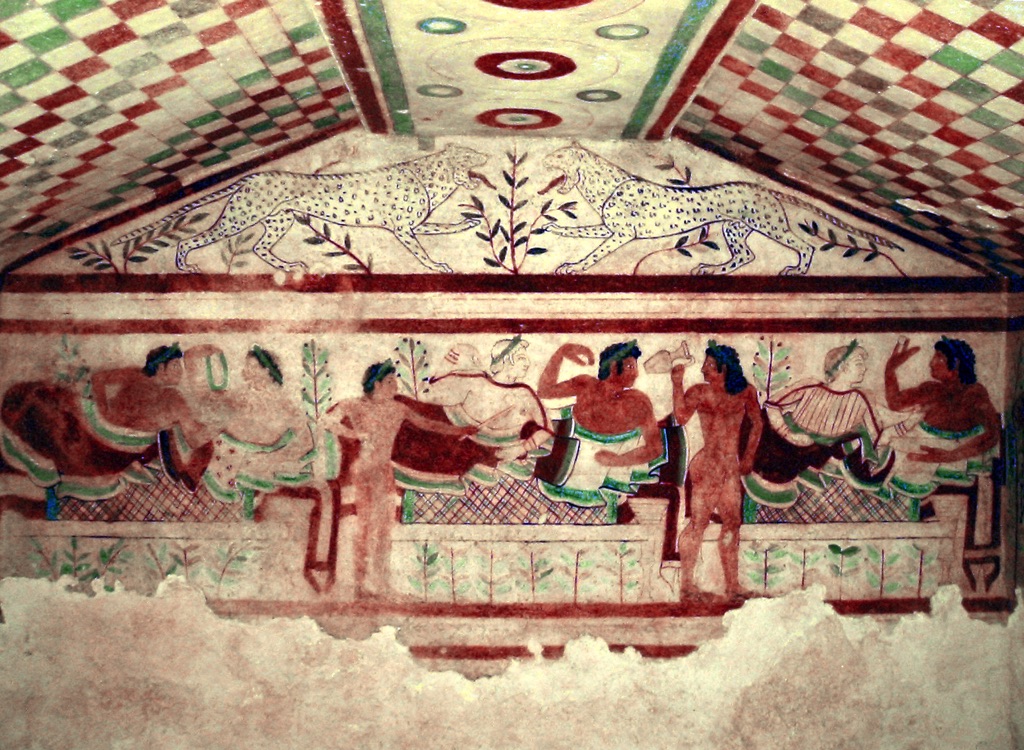The Tomb of the Leopards is one of the most striking and well-preserved tombs in the necropolis of Monterozzi, located near Tarquinia, Italy. It is famous for its vibrant frescoes, including the eponymous leopards, which are a testament to the artistic skills of the Etruscans. The tomb dates back to the 5th century BC and provides invaluable insights into Etruscan society, beliefs, and funerary practices.
Artwork and Inscriptions
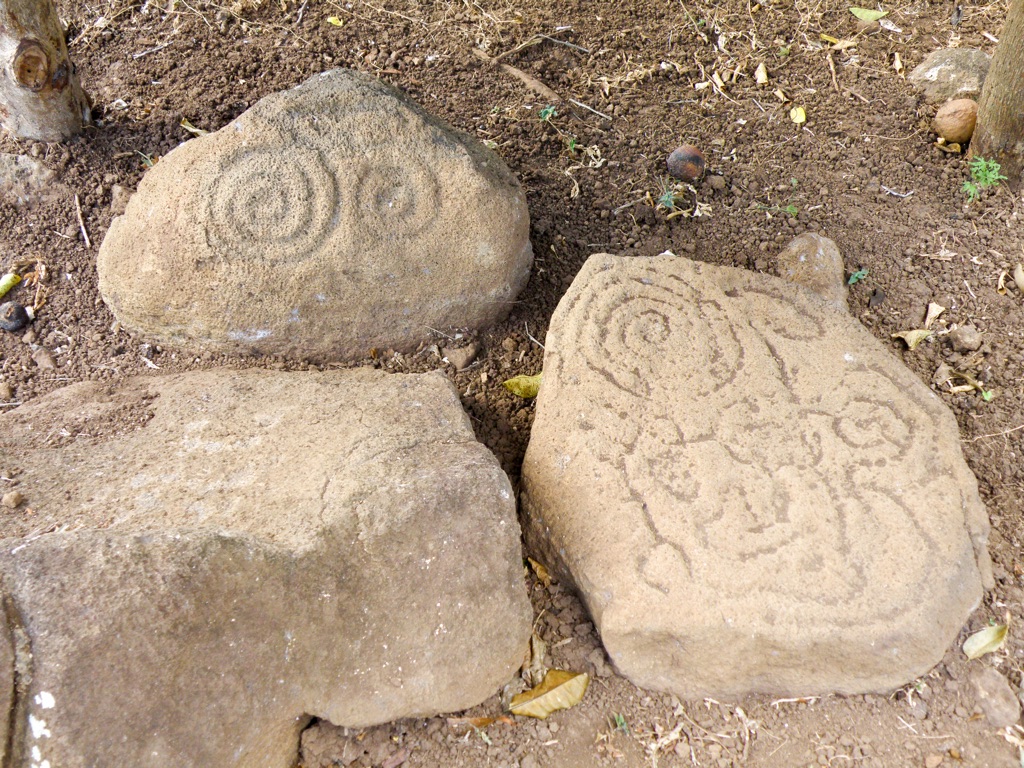
Ometepe Petroglyphs
The Ometepe Petroglyphs are a collection of ancient rock carvings found on Ometepe Island in Lake Nicaragua. These petroglyphs are significant due to their quantity, quality, and the light they shed on the island’s pre-Columbian inhabitants. They depict a variety of images, including spirals, abstract forms, and human-like figures, suggesting a rich cultural and religious life. The petroglyphs are scattered across the island, with some located in remote areas, making them a subject of intrigue and study for archaeologists and historians alike.
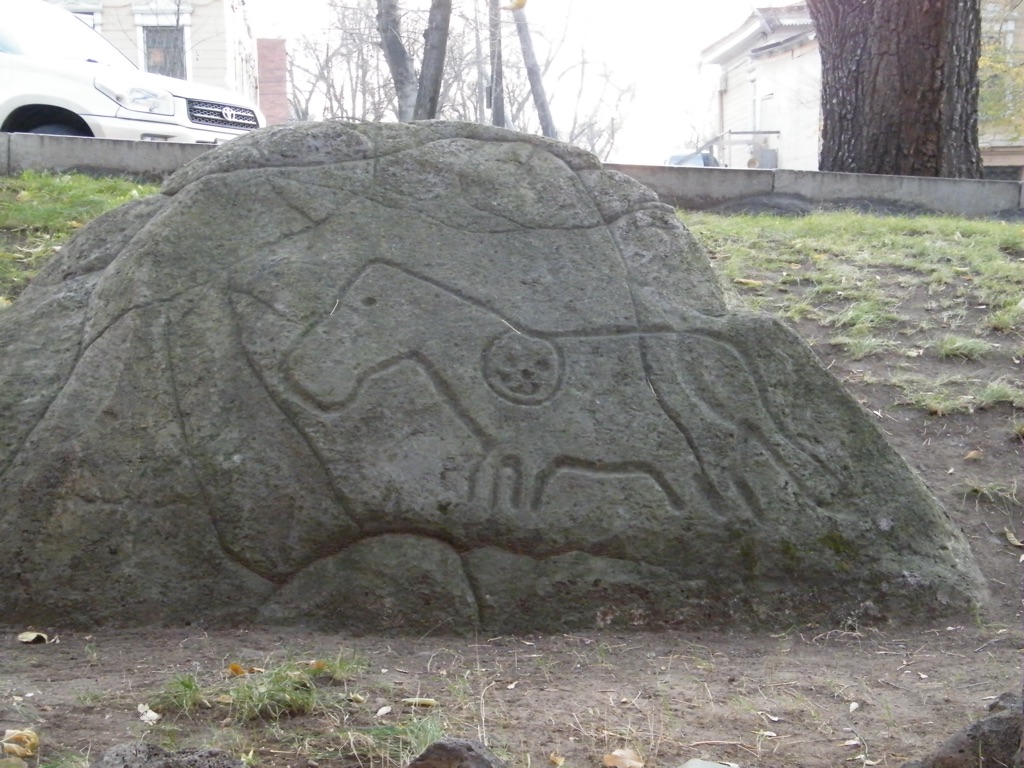
Petroglyphs of Sikachi-Alyan
The Petroglyphs of Sikachi-Alyan are a collection of ancient rock carvings found on the banks of the Amur River in Russia. These engravings depict a variety of scenes and symbols, including animals, boats, and mysterious figures. They offer a window into the spiritual and daily life of the indigenous peoples of the region, dating back to the Neolithic period. The petroglyphs are a testament to the artistic expression and cultural significance of the area’s ancient inhabitants.
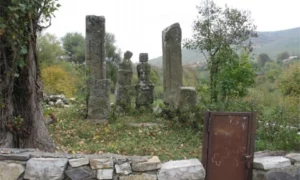
Gomareti stelae
Dating back to the pre-Christian era, the Gomareti Steles are among the most significant artifacts of Georgian culture. These stone stelae and crosses, discovered in the vicinity of Gomareti, hold immense value not only for the study of Georgian art history but also for understanding the early history of the Georgian Church. The steles serve as a vital source of historical knowledge, adorned with contemporary ornaments and bearing lapidary inscriptions that classify them as epigraphic monuments. The region of Kvemo Kartli, with Gomareti at its heart, is recognized as a principal center for the study of these ancient artifacts.
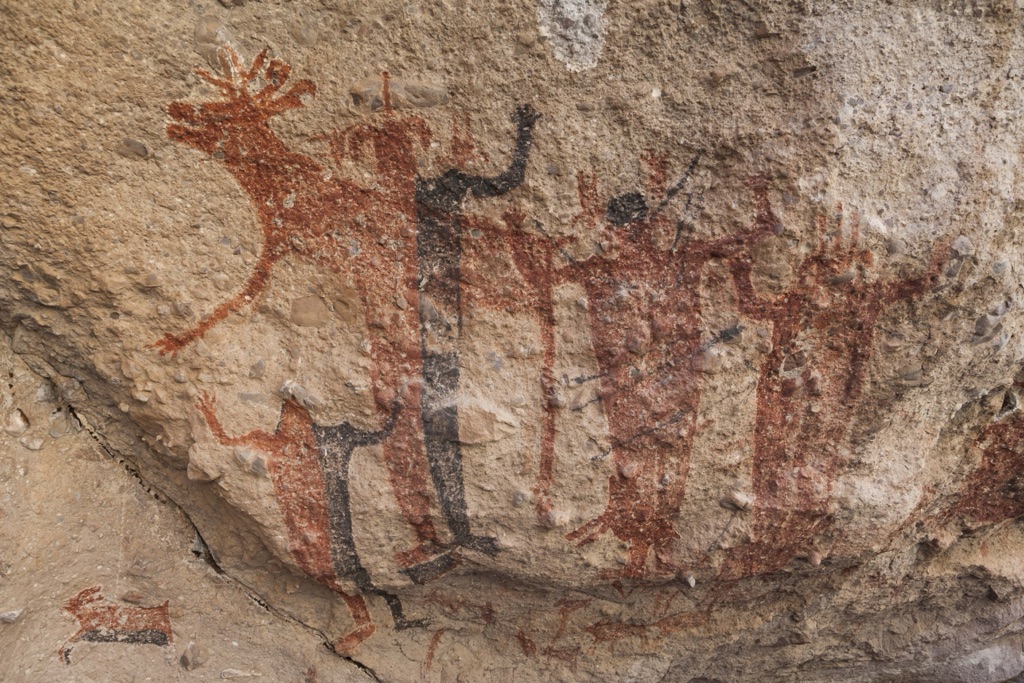
Rock Paintings of Sierra de San Francisco
The Rock Paintings of Sierra de San Francisco are a collection of prehistoric cave paintings in Baja California Sur, Mexico. They are one of the most outstanding concentrations of rock art in the world. These paintings, created by the indigenous people of the Baja California Peninsula, depict human figures, animals, and other symbolic elements. They are a testament to the rich cultural history of the region and have been recognized as a UNESCO World Heritage Site since 1993.
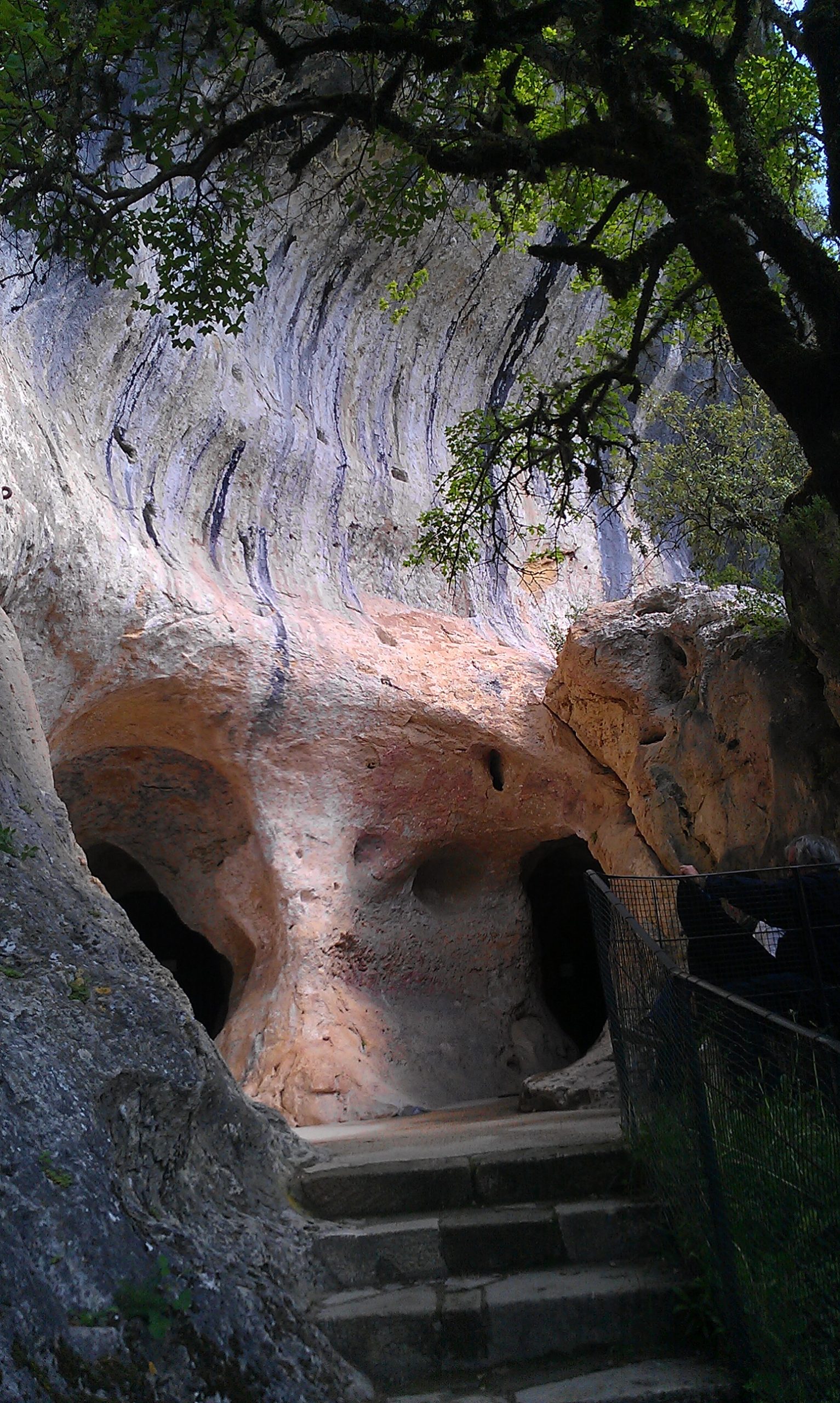
Grotte de FontGaume
The Grotte de Font-de-Gaume is a prehistoric cave located in the Dordogne region of France. It holds significant historical importance due to its Paleolithic cave paintings. These artworks are some of the few remaining polychrome, or multi-colored, paintings from this era. The cave is a key site for understanding early human artistic expression and has been a focal point for studies on prehistoric life. Discovered in 1901, it has since been protected as a cultural heritage site, offering insights into the lives and beliefs of our ancestors.

